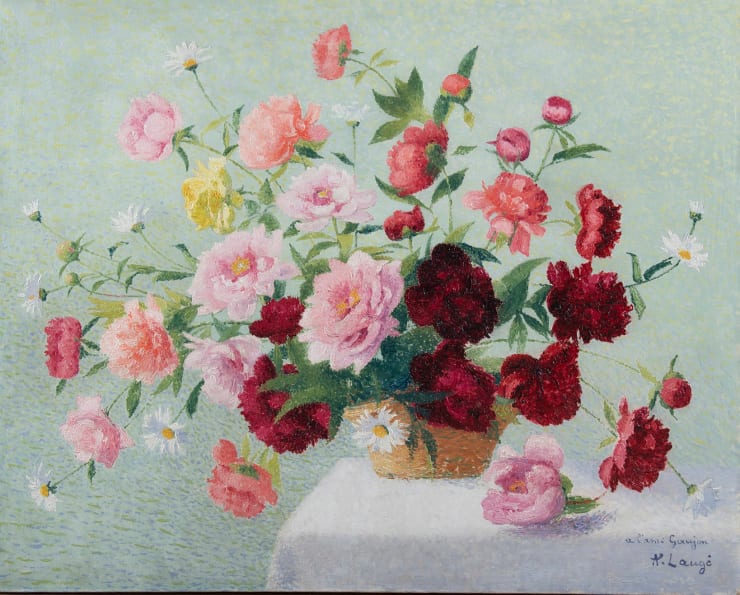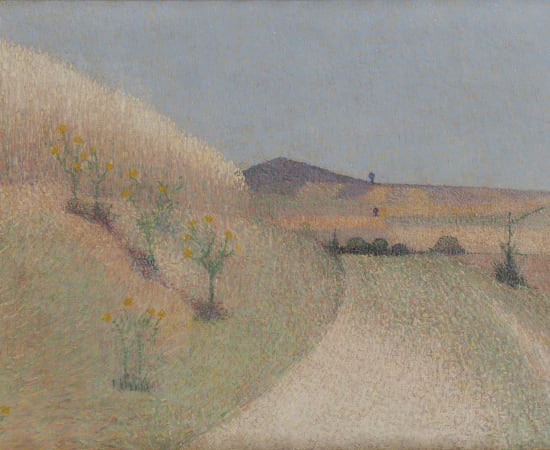Achille Laugé (1861-1944) French
Работы
Биография
Achille Laugé (French, 1861-1944) was a Neo-Impressionist painter born in Arzens, France. In 1882, he began his studies at the École Nationale Supérieure des Beaux-Arts under the direction of French artists Alexandre Cabanel (1823-1889) and Jean-Paul Laurens (1838-1921). In Paris, he met the artist Aristide Maillol (French, 1861-1944), with whom he shared a studio and maintained a life-long exchange and friendship. Laugé never followed his teachers' methods and advice, and his work was considered radical for his time.
Influenced by French Neo-Impressionist painters Georges Seurat (1859-1891), Paul Signac (1863-1935) and Camille Pissarro (1831-1903), Laugé adopted elements of their style without aligning himself with Seurat's strict and scientific method. Laugé's use of dots of colour - the Divisionist technique - evolved into a cross-hatching technique after 1896. By 1905, he had adopted looser and larger strokes with thick impasto: a style reminiscent of the more traditional Impressionist approach.
Laugé exhibited at the Salon des Indépendants in 1894, and later that year at the Salon de Toulouse, together with French artists Pierre Bonnard (1867-1947), Henri de Toulouse-Lautrec (1864-1901), and Édouard Vuillard (1868-1940). Laugé's Pointillist painting Devant la Fenêtre (1899), which was rejected from the Salon de la Société Nationale des Beaux-Arts in 1900, is now part of the Musée National D'Art Moderne's permanent collection in Paris. Laugé's work is held by several museums, including the Musée d'Orsay and the Musée du Louvre in Paris.
Запрос



